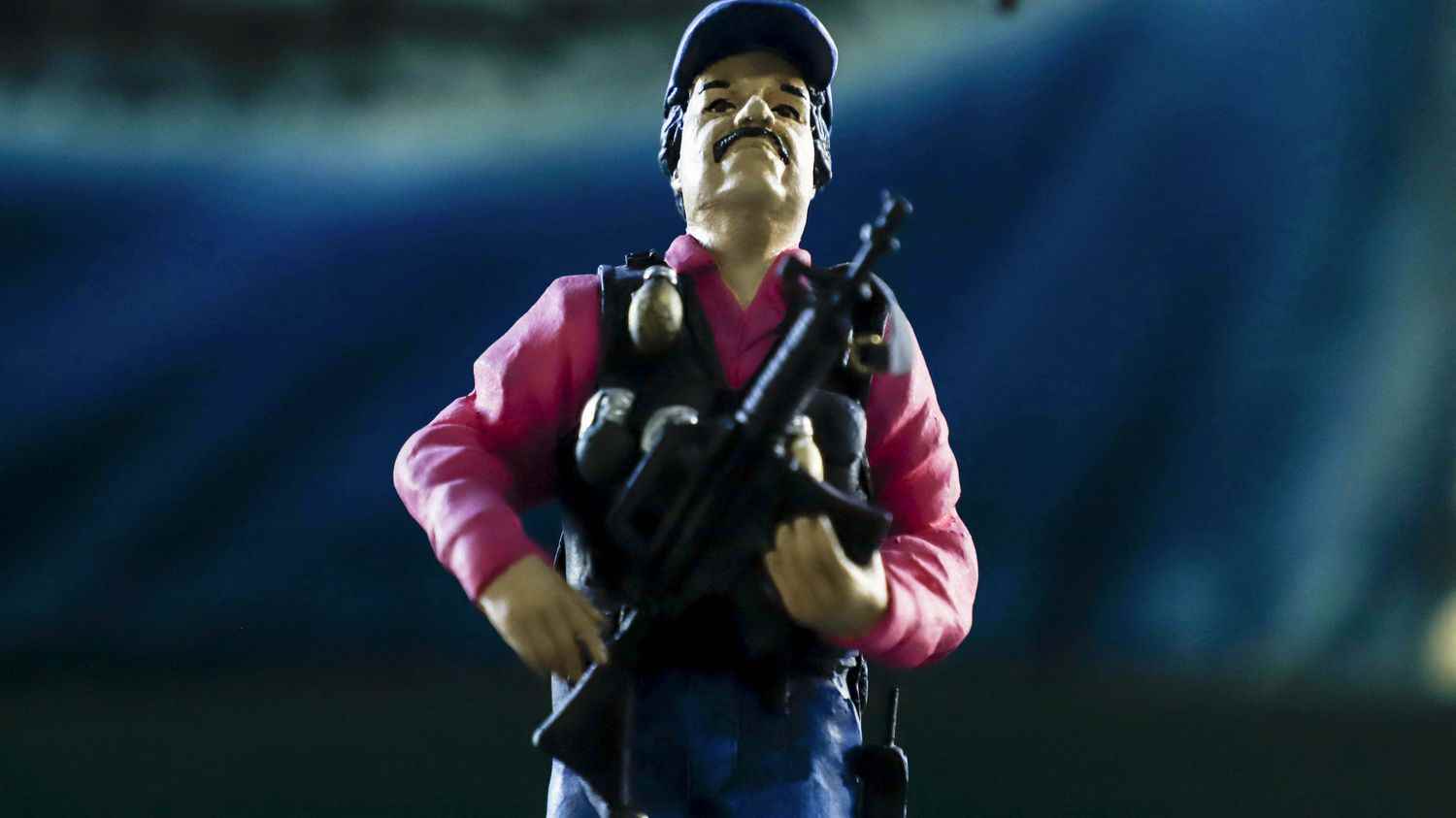The locality of Badiraguato, in the state of Sinaloa, Mexico, is the birthplace of several drug lords. A few days ago, the mayor of the city drew the wrath of the whole country by announcing his intention to dedicate a museum to them. Why such honor for criminals?
Badiraguato is a small agricultural town of barely 30,000 inhabitants but which is known throughout Mexico: it is from there that several famous cartel leaders originate. Joaquín El Chapo Guzmán, known as El Chapo, but also Rafael Caro Quintero, the Beltrán Leyva brothers, Ismael Zambada who have all been or still are leaders of the Sinaloa cartel. “We cannot deny our history, we must recognize it, declared the mayor of Badiraguato, José Paz López. We could open a drug trafficking museum. We must not close the door to this idea”.
According to the city councilor, drug trafficking is an integral part of the history of Badiraguato. And the idea is to open a local history museum to attract tourists, in the wake of the notoriety acquired by a character like El Chapo for example. The museum would exhibit, for example, personal items that belonged to famous narcos.
The mayor’s remarks were taken up by all the Mexican media, which accused him of glorifying organized crime. But in Badiraguato, we don’t have the same perspective. In this region, drug trafficking is seen as a way of life, a local reality. And society tends to glorify narcos, according to journalist Ismael Bojórquez, editor of the weekly Rio Doce in the state of Sinaloa: “The glorification of drug trafficking is quite common on the part of local politicians. A month ago, during the celebrations for the anniversary of the founding of Culiacán, images of El Chapo Guzmán were shown on the big screen, during a concert. It’s madness… So in Sinaloa, the museum project did not shock like in the rest of Mexico.”
A drug trafficking museum already exists in Mexico City, but it is relatively unknown because it is not open to the general public. It is a small museum set up by the army, accessible only to soldiers for their training, and where weapons seized from drug traffickers are exhibited.
